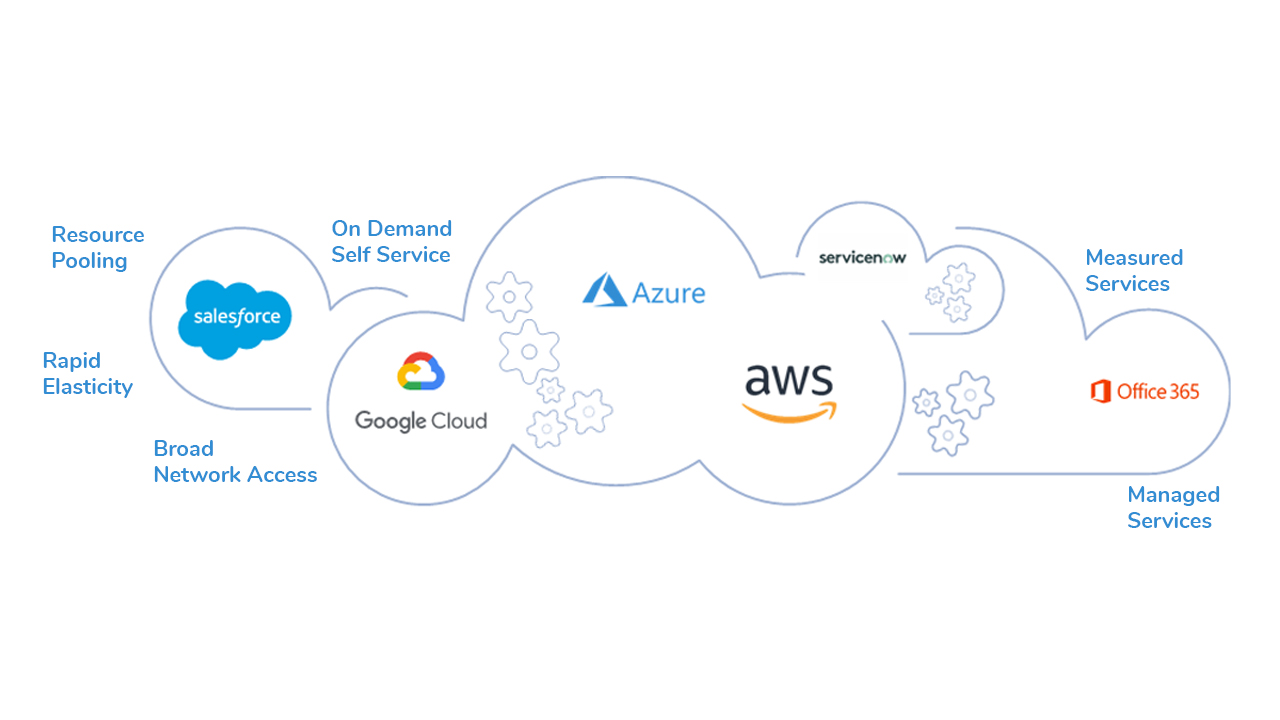Achieve Seamless Scalability With Cloud Services
In the ever-evolving landscape of cloud services, accomplishing seamless scalability stands as a cornerstone for contemporary organizations seeking to remain competitive and adaptable. The mission for smooth scalability with cloud services reveals a world of opportunities for those willing to accept the transformative power of vibrant resource monitoring.
Advantages of Cloud Scalability
Cloud scalability supplies companies the versatility to dynamically adjust sources based on demand, guaranteeing optimal efficiency and expense efficiency. In addition, cloud scalability advertises development and testing by permitting services to easily examine new concepts and range them as needed. Eventually, the benefits of cloud scalability expand past cost financial savings to include better efficiency, agility, and technology.
Secret Functions for Scaling
Reliable scaling in cloud solutions relies on key features that enable organizations to readjust sources dynamically based on need. One more essential function is scalability, making it possible for systems to take care of raised work by including sources flawlessly. On the whole, these crucial functions jointly equip organizations to attain seamless scalability in cloud services.
Applying Auto-Scaling Methods
To successfully enhance source allotment and adapt to differing work, companies need to tactically execute auto-scaling methods in their cloud solutions framework. Auto-scaling enables systems to instantly adjust the variety of compute sources based on real-time need. There are different auto-scaling techniques that companies can employ, such as anticipating scaling, which utilizes historic data to forecast future source requirements, and responsive scaling, which responds to current work adjustments.

Ideal Practices for Scalability
For organizations aiming to boost their scalability in cloud solutions, implementing ideal methods is important for optimum performance and resource management. One secret best technique is creating applications with a microservices design. This approach breaks down applications right into smaller sized, independent services that can be released, updated, and scaled independently, permitting better versatility and scalability.
Another crucial practice is utilizing containerization technology, such as Docker or Kubernetes. Containers make it possible for the packaging of applications and their dependences right into isolated devices, making it simpler to scale parts separately and deploy them continually across various environments.
In addition, carrying out automated release and facilities as code (IaC) can simplify scalability efforts (linkdaddy cloud services). Automation devices like Terraform or Ansible help in provisioning and handling sources effectively, lowering manual errors and enabling fast scalability
Moreover, keeping an eye on efficiency metrics, establishing up informs, and performing regular capability preparation are necessary techniques to ensure positive scalability monitoring. By sticking article source to these ideal techniques, moved here companies can achieve seamless scalability in their cloud solutions while maximizing efficiency and source use.
Monitoring Performance Metrics
When evaluating the efficiency of cloud services scalability, carefully keeping an eye on performance metrics is critical for making certain optimal performance and source allotment. By continuously tracking essential performance indications (KPIs) such as reaction times, source, throughput, and latency use, companies can gain beneficial understandings right into the wellness and performance of their cloud facilities. Checking efficiency metrics enables the very early detection of possible traffic jams or concerns that can impact scalability, making it possible for aggressive actions to be required to address them prior to they intensify.

Final Thought
Finally, accomplishing seamless scalability with cloud services is important for companies to maximize efficiency, boost technology, and maintain high efficiency levels during peak times. By leveraging the advantages of cloud scalability, applying auto-scaling approaches, making use of essential functions such as flexibility and automation, and adhering to finest practices like application layout and efficiency tracking, go to my blog businesses can successfully scale their systems while maximizing resource utilization and efficiency.
The quest for smooth scalability with cloud services unveils a globe of possibilities for those willing to accept the transformative power of dynamic resource administration.
Cloud scalability offers companies the flexibility to dynamically change resources based on need, guaranteeing optimum performance and expense efficiency. An additional essential attribute is scalability, enabling systems to manage enhanced work by adding sources seamlessly.For companies aiming to boost their scalability in cloud services, carrying out best techniques is important for optimal performance and source management.When analyzing the effectiveness of cloud solutions scalability, very closely keeping an eye on performance metrics is crucial for ensuring ideal capability and source allowance.